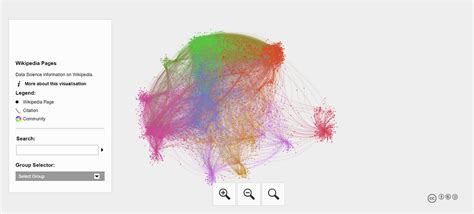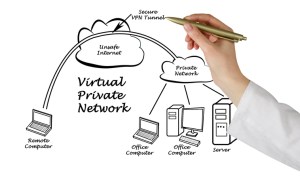Identify Malware Quickly
The realm of cybersecurity is a complex and ever-evolving landscape, where the threat of malware looms large over individuals and organizations alike. Malware, short for malicious software, refers to any software that is designed to harm or exploit a computer system. The speed and accuracy with which we can identify malware are crucial in preventing attacks, minimizing damage, and ensuring the integrity of our digital assets.
Understanding Malware
Before diving into the methods of identifying malware, it’s essential to understand the various types that exist. These include:
- Viruses: Replicate themselves by attaching to other programs or files on the infected computer.
- Worms: Unlike viruses, worms do not need a program to attach themselves to. They can travel from system to system without the aid of a host file.
- Trojans: Disguise themselves as harmless software but, when executed, can allow unauthorized access to the computer.
- Ransomware: Encrypts files and demands a ransom in exchange for the decryption key.
- Spyware: Secretly monitors and collects user information, which can then be used for nefarious purposes.
- Adware: Displays unwanted advertisements, potentially slowing down the system.
Identifying Malware
Identifying malware quickly involves a combination of technical knowledge, the right tools, and a healthy dose of skepticism when dealing with digital content. Here are several strategies and tools:
- Behavioral Analysis: Many modern antivirus tools employ behavioral analysis, which watches how files and programs behave on a system to detect potential threats.
- Signature-Based Detection: This involves scanning files against a database of known malware signatures. While effective against known threats, it can be less effective against new, unknown malware.
- Network Monitoring: Monitoring network traffic for unusual patterns can help in identifying malware that communicates with command and control servers.
- System Performance: Malware can significantly affect system performance. Keep an eye out for sudden drops in performance, frequent crashes, or systems running slowly.
- Unexpected Pop-ups and Ads: Frequent, unexpected pop-ups or advertisements, especially in applications that shouldn’t display them, can be a sign of adware or other malware.
- Unusual Account Activity: If you notice unusual transactions or unexpected changes in your online accounts, it could indicate that your system or account has been compromised.
- Firewall Alerts: Pay attention to alerts from your firewall about applications attempting to connect to the internet without your knowledge.
Tools for Identifying Malware
Several tools can aid in the identification and removal of malware:
- Antivirus Software: Programs like Norton, McAfee, and Kaspersky offer comprehensive protection against various types of malware.
- Malwarebytes: Specialized in identifying and removing malware that traditional antivirus software might miss.
- HitmanPro: Offers a second opinion scan to detect and remove malware.
- Windows Defender: For Windows users, this built-in tool provides real-time protection against malware.
Preventive Measures
Prevention is the best defense against malware. Here are some practices to reduce the risk of infection:
- Keep Software Up-to-Date: Regular updates often include patches for security vulnerabilities.
- Use Strong Antivirus Software: And ensure it is regularly updated.
- Be Cautious with Emails and Attachments: Avoid opening suspicious emails or downloading attachments from unknown sources.
- Use Strong, Unique Passwords: For all accounts, and consider using a password manager.
- Back Up Data: Regularly back up your important data to prevent losses in case of a ransomware attack.
Conclusion
In the fight against malware, knowledge, vigilance, and the right tools are your best allies. By understanding the types of malware, knowing how to identify them, and taking preventive measures, you can significantly reduce the risk of your systems being compromised. In an ever-changing digital landscape, staying informed and adapting your strategies is crucial for protecting your digital assets.
What are the most common types of malware?
+The most common types include viruses, worms, Trojans, ransomware, spyware, and adware, each with its unique method of compromising a system.
How can I protect my computer from malware?
+Protecting your computer involves using antivirus software, keeping your operating system and other software up-to-date, being cautious with emails and attachments, using strong passwords, and regularly backing up your data.
What are the signs of a malware infection?
+Signs can include slow system performance, frequent pop-ups, unexpected account activity, and firewall alerts about unknown applications trying to connect to the internet.


